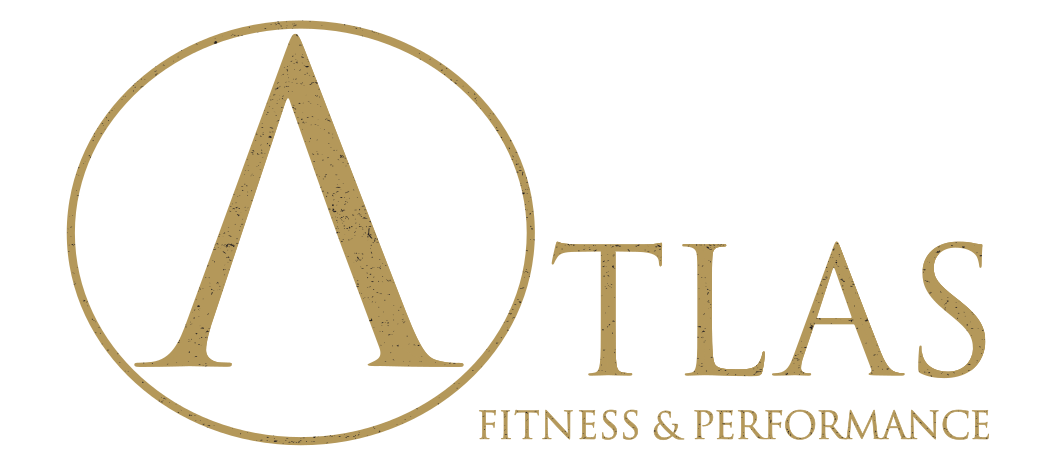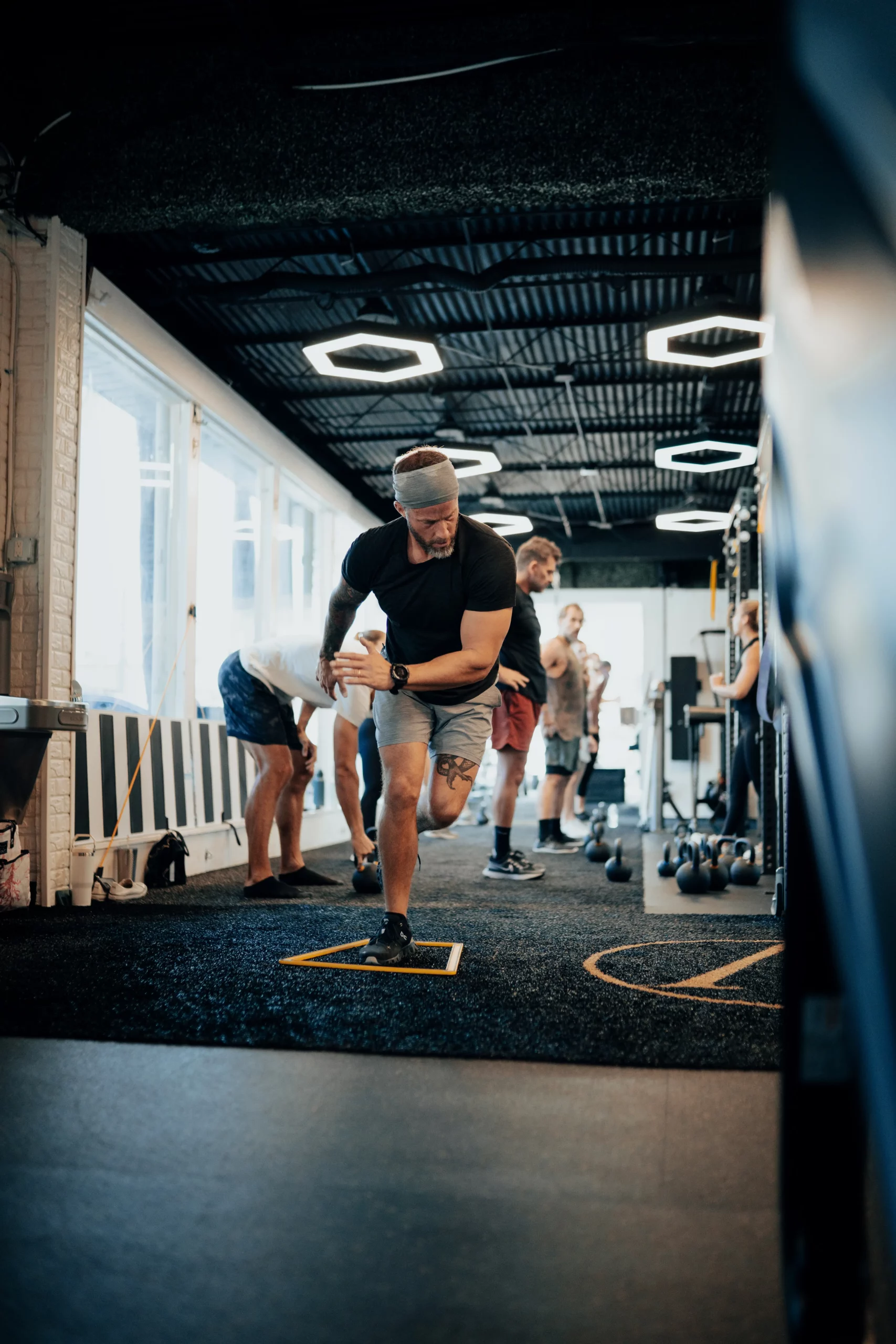The concept of “primal movements” refers to fundamental human movement patterns that are essential for functional movement and fitness. While there are various interpretations of the primal movements, one common classification includes the following seven movements:
1. Squat: The squat is a foundational movement that involves bending the knees and hips to lower the body toward the ground while maintaining an upright posture. It primarily targets the muscles of the lower body, including the quadriceps, hamstrings, and glutes.
2. Lunge: Lunges are unilateral movements that involve stepping forward or backward and bending both knees to lower the body. They target the lower body, particularly the quadriceps, hamstrings, and glutes, while also engaging the core muscles.
3. Push: The push movement involves pushing objects away from the body or pushing the body away from objects. It can include exercises like push-ups, bench presses, or overhead presses, targeting the muscles of the chest, shoulders, and triceps.
4. Pull: Pulling movements involve pulling objects toward the body or pulling the body toward objects. Examples include pull-ups, rows, or bent-over dumbbell rows. These movements target the muscles of the back, including the latissimus dorsi, rhomboids, and biceps.
5. Hinge: The hinge movement pattern involves bending at the hips while keeping a neutral spine. It is commonly seen in exercises like deadlifts and kettlebell swings, targeting the posterior chain muscles, including the glutes, hamstrings, and lower back.
6. Twist: Twisting movements involve rotational motions of the torso. Examples include Russian twists, cable twists, or medicine ball rotations. These movements engage the core muscles, obliques, and improve rotational stability.
7. Gait: Gait refers to the walking and running patterns. It involves coordinated movements of the limbs and trunk, and it is crucial for locomotion and overall movement efficiency.
These seven primal movements, when incorporated into a well-rounded exercise routine, can help improve strength, mobility, stability, and overall functional fitness. It’s important to note that there may be variations or different interpretations of primal movements depending on the source or fitness professional.
Functional training is an approach to fitness that aims to improve an individual’s ability to perform everyday activities and movements with ease and efficiency. Primal movements play a significant role in functional training because they mimic natural human movements and enhance functional fitness. Here’s how functional training incorporates primal movements:
Primal movements align with the basic human movements we encounter in our daily lives, such as squatting down to pick up an object, pushing a heavy door, or twisting to reach something. By training these movements, functional training helps individuals develop strength and mobility that directly translates to improved performance in real-life activities.
Primal movements typically involve multiple joints and work across different planes of motion. Functional training recognizes the importance of training movements rather than isolated muscles. Exercises like squats, lunges, and deadlifts engage multiple muscle groups simultaneously, enhancing overall functional strength and coordination.
Primal movements often require core stability and engagement for proper execution. Functional training emphasizes core strength and stability, as a strong and stable core is crucial for maintaining proper posture, transferring force between the upper and lower body, and preventing injuries during daily activities.
Primal movements inherently promote the integration of strength and mobility. Functional training focuses on developing strength through a full range of motion, allowing individuals to move efficiently and effectively in various situations. By training the body to move as a coordinated unit, functional training enhances overall movement quality and reduces the risk of imbalances or compensatory patterns.
Functional training recognizes that individuals have different abilities and movement patterns. It allows for progressive overload and adaptation by modifying primal movements to suit individual needs and goals. This approach ensures that individuals can continually challenge themselves, improve their movement capabilities, and address specific weaknesses or imbalances.
Incorporating primal movements into functional training programs helps individuals develop a well-rounded fitness foundation that supports everyday movements, improves overall athleticism, and reduces the risk of injury. It promotes functional strength, mobility, stability, and coordination, enabling individuals to move with efficiency and confidence in their daily lives.



